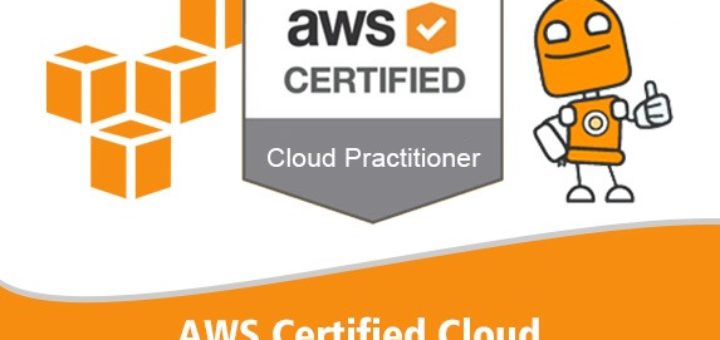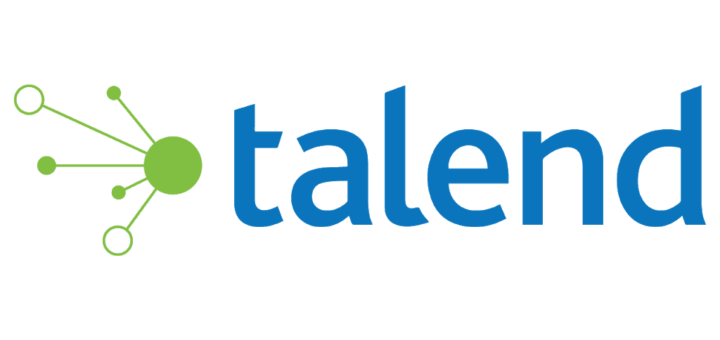Question #56
A user is planning to evaluate AWS for their internal use. The user does not want to incur any charge on his account during the evaluation. Which of the below mentioned AWS services would incur a charge if used?
- A. AWS S3 with 1 GB of storage
- B. AWS micro instance running 24 hours daily
- C. AWS ELB running 24 hours a day
- D. AWS PIOPS volume of 10 GB size
Correct Answer: D
AWS is introducing a free usage tier for one year to help the new AWS customers get started in Cloud. The free tier can be used for anything that the user wants to run in the Cloud. AWS offers a handful of AWS services as a part of this which includes 750 hours of free micro instances and 750 hours of ELB. It includes the AWS S3 of 5 GB and AWS EBS general purpose volume up to 30 GB. PIOPS is not part of free usage tier.Question #57
A user has developed an application which is required to send the data to a NoSQL database. The user wants to decouple the data sending such that the application keeps processing and sending data but does not wait for an acknowledgement of DB. Which of the below mentioned applications helps in this scenario?
- A. AWS Simple Notification Service
- B. AWS Simple Workflow
- C. AWS Simple Queue Service
- D. AWS Simple Query Service
Correct Answer: C
Amazon Simple Queue Service (SQS. is a fast, reliable, scalable, and fully managed message queuing service. SQS provides a simple and cost-effective way to decouple the components of an application. In this case, the user can use AWS SQS to send messages which are received from an application and sent to DB.
The application can continue processing data without waiting for any acknowledgement from DB. The user can use SQS to transmit any volume of data without losing messages or requiring other services to always be available.
Question #58
An organization has created 50 IAM users. The organization has introduced a new policy which will change the access of an IAM user. How can the organization implement this effectively so that there is no need to apply the policy at the individual user level?
- A. Use the IAM groups and add users as per their role to different groups and apply policy to group
- B. The user can create a policy and apply it to multiple users in a single go with the AWS CLI
- C. Add each user to the IAM role as per their organization role to achieve effective policy setup
- D. Use the IAM role and implement access at the role level
Correct Answer: A
With AWS IAM, a group is a collection of IAM users. A group allows the user to specify permissions for a collection of users, which can make it easier to manage the permissions for those users. A group helps an organization manage access in a better way; instead of applying at the individual level, the organization can apply at the group level which is applicable to all the users who are a part of that group.Question #59
A user is planning to use AWS Cloud formation for his automatic deployment requirements. Which of the below mentioned components are required as a part of the template?
- A. Parameters
- B. Outputs
- C. Template version
- D. Resources
Correct Answer: D
AWS Cloud formation is an application management tool which provides application modelling, deployment, configuration, management and related activities. The template is a JSON-format, text-based file that describes all the AWS resources required to deploy and run an application. It can have option fields, such as
Template Parameters, Output, Data tables, and Template file format version. The only mandatory value is
Resource. The user can define the AWS services which will be used/ created by this template inside the
Resource sectionQuestion #60
A user has recently started using EC2. The user launched one EC2 instance in the default subnet in EC2-VPC
Which of the below mentioned options is not attached or available with the EC2 instance when it is launched?
- A. Public IP address
- B. Internet gateway
- C. Elastic IP
- D. Private IP address
Correct Answer: C
A Virtual Private Cloud (VPC. is a virtual network dedicated to a users AWS account. A subnet is a range of IP addresses in the VPC. The user can launch the AWS resources into a subnet. There are two supported platforms into which a user can launch instances: EC2-Classic and EC2-VPC (default subnet. A default VPC has all the benefits of EC2-VPC and the ease of use of EC2-Classic. Each instance that the user launches into a default subnet has a private IP address and a public IP address. These instances can communicate with the internet through an internet gateway. An internet gateway enables the EC2 instances to connect to the internet through the Amazon EC2 network edge.



